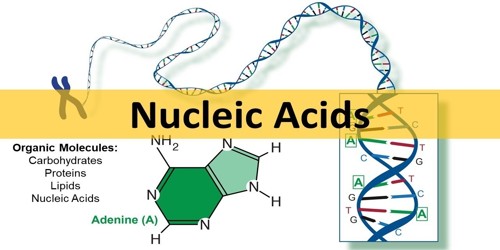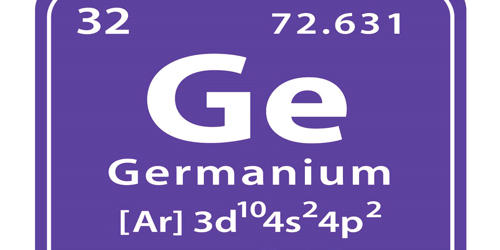Calcium oxalate (in archaic terminology, oxalate of lime) is a calcium salt of oxalic acid with the chemical formula CaC2O4 or Ca(COO)2. It is a calcium salt of oxalic acid and forms colorless crystals that are insoluble in water. Calcium oxalate occurs naturally in many plants and is best known for being a major component of kidney stones in humans.
Some foods have high quantities of calcium oxalates and can produce sores and numbing on ingestion and may even be fatal. Cultural groups with diets that depend highly on fruits and vegetables high in calcium oxalate, such as those in Micronesia, reduce the level of it by boiling and cooking them. They are a constituent in 76% of human kidney stones. Calcium oxalate is also found in beerstone, a scale that forms on containers used in breweries.
Properties
- Chemical formula: CaC2O4
- Molar mass: 128.096 g·mol−1
- Appearance: colourless or white crystals (anhydrous and hydrated forms)
- Density: 2.20 g/cm3, monohydrate
- Melting point: 200 °C (392 °F; 473 K) decomposes (monohydrate)
- Solubility in water: 0.61 mg/(100 g) H2O (20 °C)
- Thermal Decomposition: Decomposes upon heating to calcium carbonate (CaCO₃), carbon monoxide (CO), and carbon dioxide (CO₂)
Chemical properties
Calcium oxalate is a combination of calcium ions and the conjugate base of oxalic acid, the oxalate anion. Its aqueous solutions are slightly basic because of the basicity of the oxalate ion. The basicity of calcium oxalate is weaker than that of sodium oxalate, due to its lower solubility in water. Solid calcium oxalate hydrate has been characterized by X-ray crystallography. It is a coordination polymer featuring planar oxalate anions linked to calcium, which also has water ligands.
Occurrence
Many plants accumulate calcium oxalate as it has been reported in more than 1000 different genera of plants. The calcium oxalate accumulation is linked to the detoxification of calcium (Ca2+) in the plant. Upon decomposition, the calcium oxalate is oxidised by bacteria, fungi, or wildfire to produce the soil nutrient calcium carbonate.
In Plants:
- Common in many plants as a waste product of metabolism.
- Found in raphide crystals in leaves, stems, and roots (e.g., Dieffenbachia, Rhubarb, Spinach, Taro).
- May serve as a defense mechanism against herbivores due to its needle-like shape and irritant nature.
In Humans:
- Kidney Stones: Most common component (especially calcium oxalate monohydrate) of renal calculi.
- Formed when there is excess oxalate or insufficient water/calcium in the diet.
- Associated with conditions like hyperoxaluria and some metabolic disorders.
Industrial and Practical Relevance
- Analytical Chemistry: Used to estimate calcium content via gravimetric analysis.
- Toxicology: Important in assessing the toxicity of oxalate-containing plants.
















